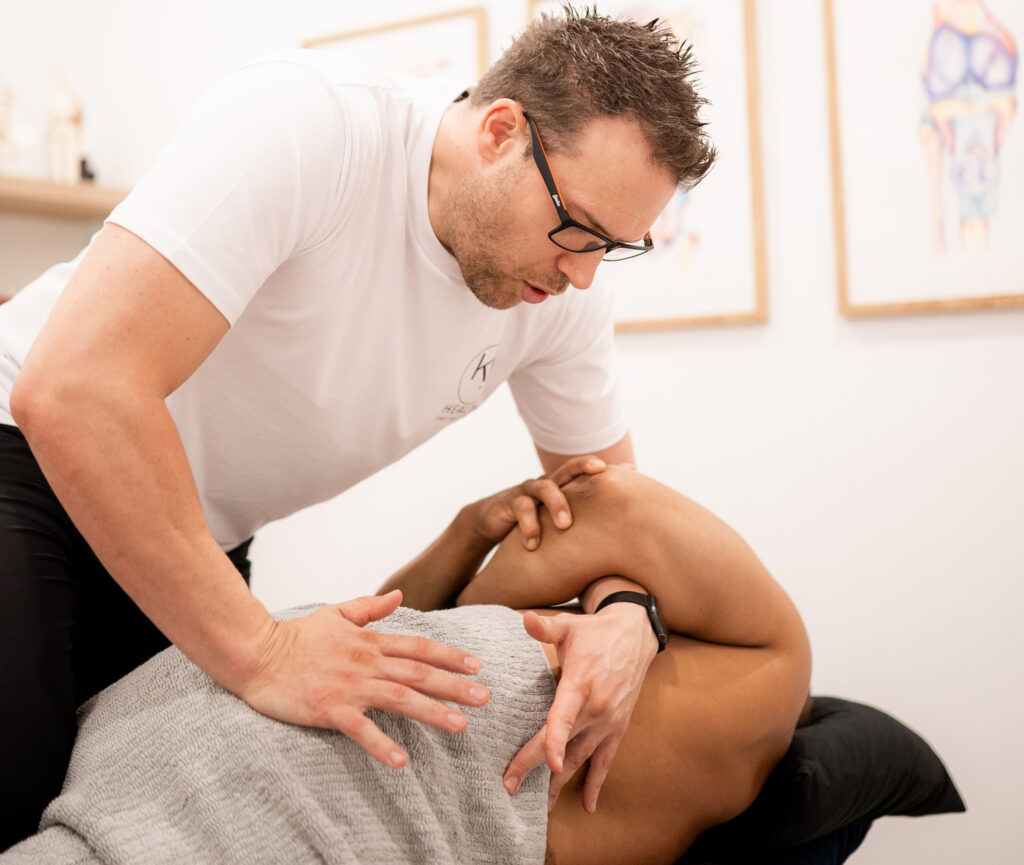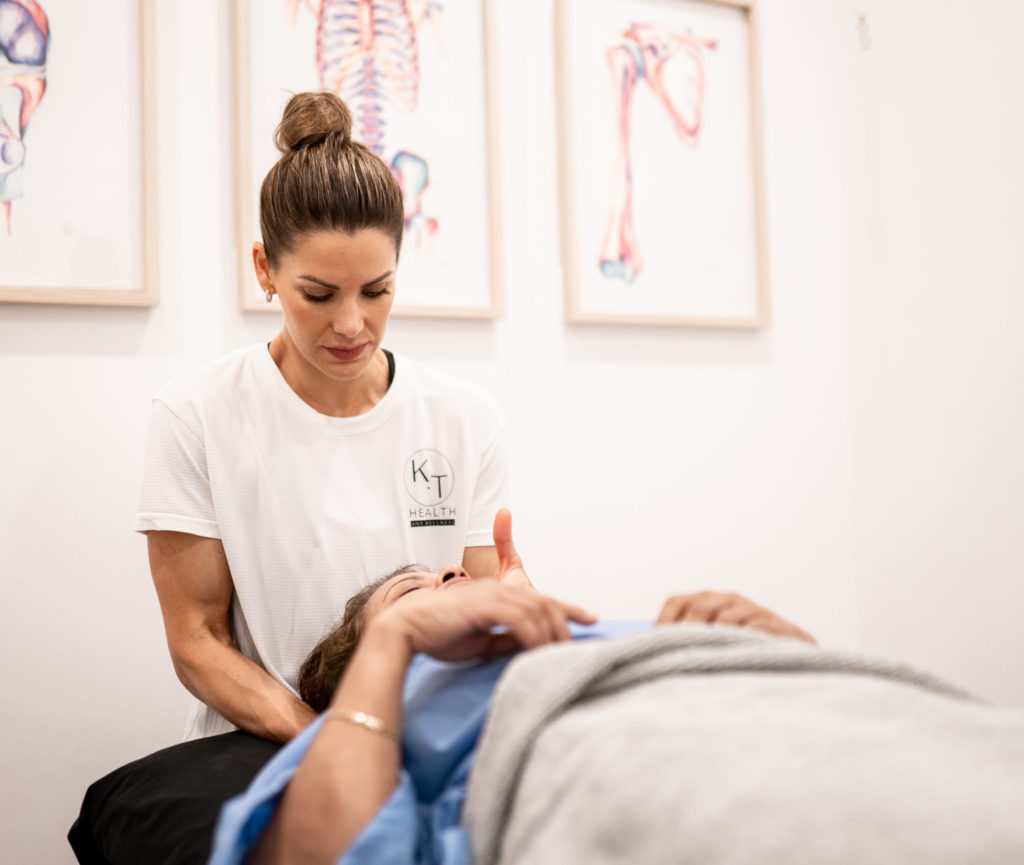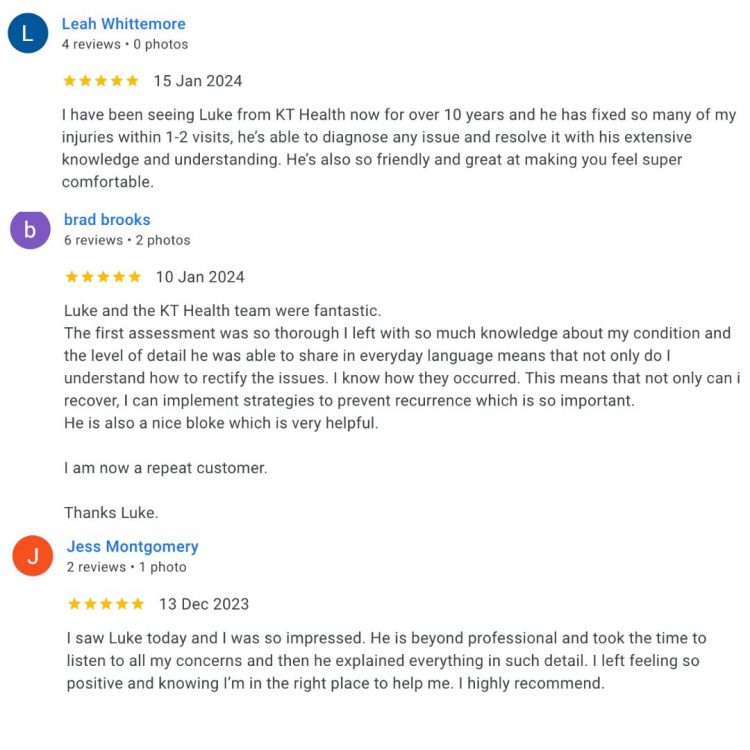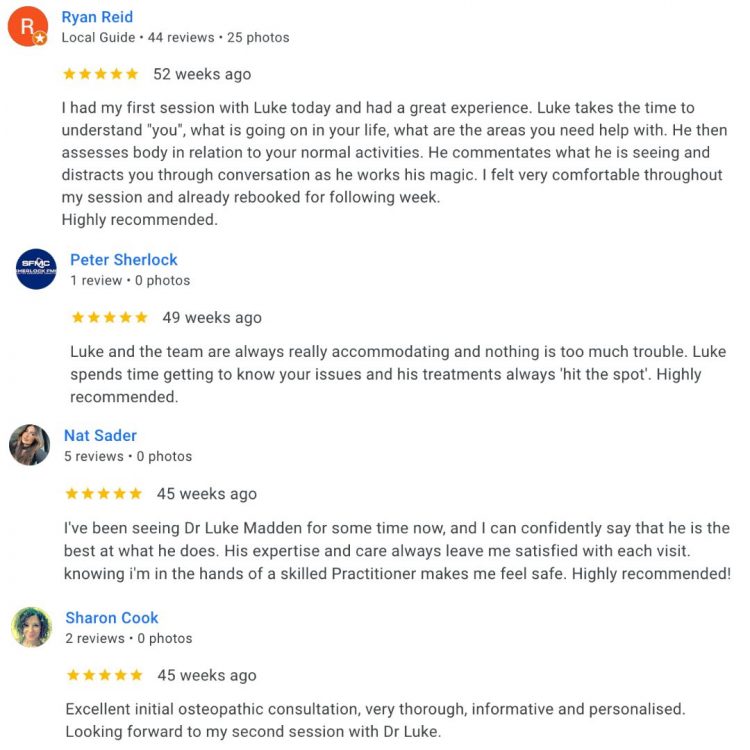Everything You Need to Know About a Hip Flexor Strain
What is a Hip Flexor Strain?
A hip flexor strain happens when one of the muscles at the front of your hip, mainly the iliopsoas or rectus femoris, gets overstretched or torn. It’s a common injury in sports that involve kicking, sprinting, or sudden movements, causing pain at the front of the hip or groin.
An analogy…
Think of the hip flexor muscles like strong elastic bands that lift your knee toward your chest. If they are stretched too quickly or too far, they can tear like a snapping rubber band.
What are other names that a hip flexor strain can be called?
Hip Flexor Injury, Iliopsoas Strain, Psoas Strain, Hip Flexor Tear, Strained Iliopsoas Muscle, Torn Iliopsoas Muscle, Pulled Hip Flexor
What causes a hip flexor strain?
The hip flexors are a group of muscles that help you lift your thigh toward your body. A strain happens when the muscle fibres are overloaded, usually from a sudden burst of force or a rapid stretch beyond their limit. This causes small (or large) tears in the muscle or its tendon near the pelvis.
What are the signs and symptoms of a hip flexor strain?
- Sharp pain at the front of the hip or groin area
- Tenderness when pressing the hip flexor muscles
- Pain with lifting the knee, sprinting, kicking, or climbing stairs
- Stiffness or weakness in the hip, especially when bending forward
- Swelling or bruising in the front of the hip
- Pain when stretching the hip backward
What tests are used to diagnose a hip flexor strain?
Palpation: Feeling for tenderness in the front of the hip
Resisted hip flexion test: Pain when lifting the knee against resistance
Stretching tests: Extending the hip backward reproduces symptoms
How long does a hip flexor strain take to heal?
Grade 1 (mild) strains often heal in 1 to 2 weeks. Grade 2 (moderate) strains usually take 3 to 6 weeks. Grade 3 (severe) strains (significant tearing) can take 8 to 12 weeks or more to fully recover.
How does a hip flexor strain happen?
- Sudden sprinting or kicking movements
- Explosive acceleration or direction changes
- Tight hip flexor muscles
- Poor warm-up or muscle preparation
- Weak glutes and core, causing the hip flexors to overwork
- Fatigue or previous hip injuries increasing the risk
What treatment can help a hip flexor strain?
- Relative rest from aggravating activities early on
- Ice application for the first 48–72 hours to control swelling
- Manual therapy (massage, dry needling, and stretching)
- Progressive strengthening and controlled stretching of the hip flexors
- Postural retraining and core strengthening
- Gradual return to running, kicking, and sport-specific drills
What exercises or stretches can I do for a hip flexor strain?
- Isometric hip flexor holds
- Glute and core strengthening exercises
- Gentle hip flexor stretches
- Straight leg raises to rebuild control
What products can help with a hip flexor strain?
Pelvic tilts
Lie on your back with your knees bent and feet flat on the floor.
Pull your bellybutton towards your spine and clench your buttock muscles to roll the tail bone up off the floor.
The majority of the effort should come from your abdominal and buttock muscles.
Your lower back should press firmly into the floor.
Relax and repeat.

Resisted hip abduction in supine (band around ankles)
Lie on your back with a resistance band tied around your ankles.
With your legs straight and a hip’s width apart, there should be some tension in the band.
Tighten your abdominal muscles and move your legs apart approximately 20 degrees.
Hold this position.
Control the movement as you bring your legs back in to hips distance apart, then repeat.

Mountain climbers
Adopt a plank position insuring your hands are directly beneath your shoulders.
Fully flex one hip and hold.
Extend the bent leg to the rear and repeat the movement pattern on the opposite side

Bridging
Lie on your back with your knees bent and your feet flat on the floor.
Tighten your buttock muscles and lift your hips up off the floor.
Make sure you keep your hips up and level throughout the movement.
Slowly lower your buttocks and hips back down, and repeat the exercise.

STOP GUESSING – START MOVING
See what other people have said about our osteopaths
Trustindex verifies that the original source of the review is Google. KT health has really helped my back and i have been able to get back into competitive sportTrustindex verifies that the original source of the review is Google. Absolutely amazing, I see Louie Nouh who always listens and caters to my needs. He is amazing at his job and always helps alleviate my pain. I highly recommend Louie.Trustindex verifies that the original source of the review is Google. Friendly, supportive staff. Such a lovely place to exercise! Highly recommend.Trustindex verifies that the original source of the review is Google. Amazing instructor, I am new to Pilates felt very comfortable & supported.Trustindex verifies that the original source of the review is Google. I have been suffering from shoulder and neck pain for months - I saw Dr Louie Nouh a couple of time. His treatment really relived the pain. I have full range of movement now. His knowledge on exercise is fantastic.Trustindex verifies that the original source of the review is Google. Absolutely love reformer at menai. Instructors are amazing. Love Michaela and love the small classes. Highly recommend!Trustindex verifies that the original source of the review is Google. The trainers are all amazing , they explain everthing step by step and help where needed . It is an amazing place to relax get to know other people have a laugh . I recommend for anyone .Trustindex verifies that the original source of the review is Google. Ever since I came here I’ve been looked after by Louie and my shoulder is already feeling much better. Highly Recommend these are good people.Trustindex verifies that the original source of the review is Google. SENSATIONAL Chiropractor in Menai! I attended my first appointment with Dr Louis Nouh at KT Health & Wellness who is an absolute genius even after one session with him. He explained everything he intended to address about my lower back condition, all in easy to understand, layman’s terms. He said he would call me the next day to follow and see how I was feeling after our session and guess what, he did! During our session, he made me feel relaxed and comfortable especially as it was my first chiropractic appointment EVER! For some reason, I am actually looking forward to my subsequent sessions with him next week. Don’t get me wrong, he did poke, prod and crack me as necessary but the results made it seem worth it.Trustindex verifies that the original source of the review is Google. I have been seeing Melinda now for a couple of months to help with bursitis in my hip. She is one of the best practitioners I’ve ever seen.. With the use of various tools and techniques she has helped me recover much quicker than I expected. Thanks Mel and see you tomorrow!
We don't offer magic fixes or cures, but a sustainable approach to back pain.
Our Osteopaths will offer you a road map to help you take control of your back pain and feel great again.
BOOK YOUR OSTEOPATH VISIT TODAY
Book a Time with Dr Luke Madden Below
Book a Time with Dr Melinda Madden Below
Already have an account?
Book as a guest
- Book an Appointment






